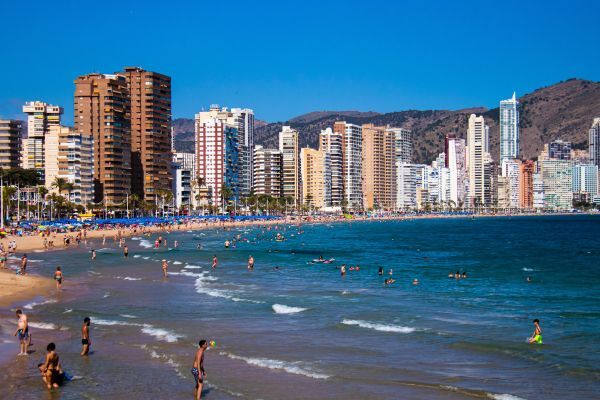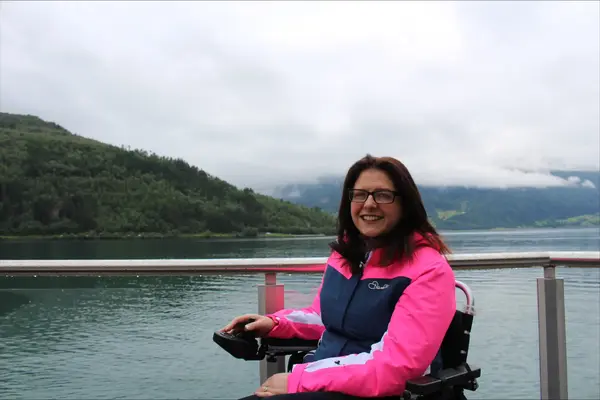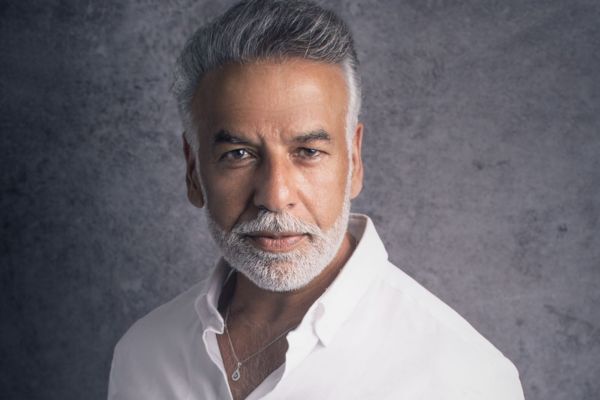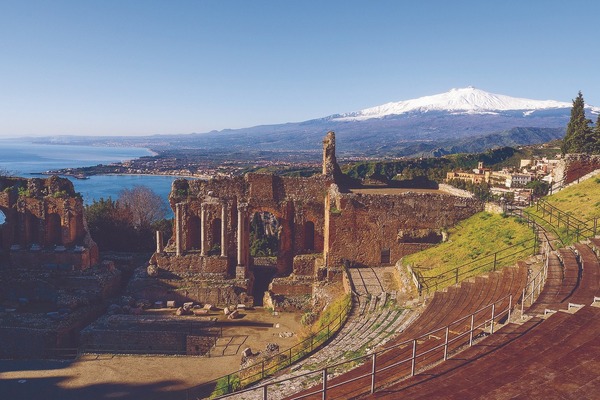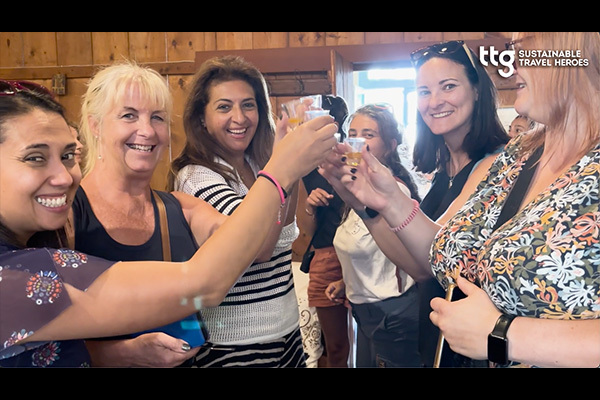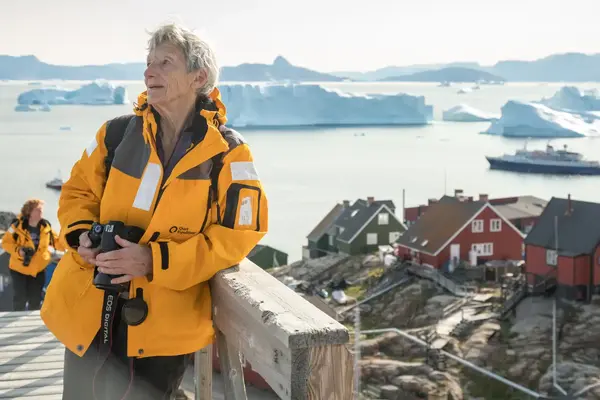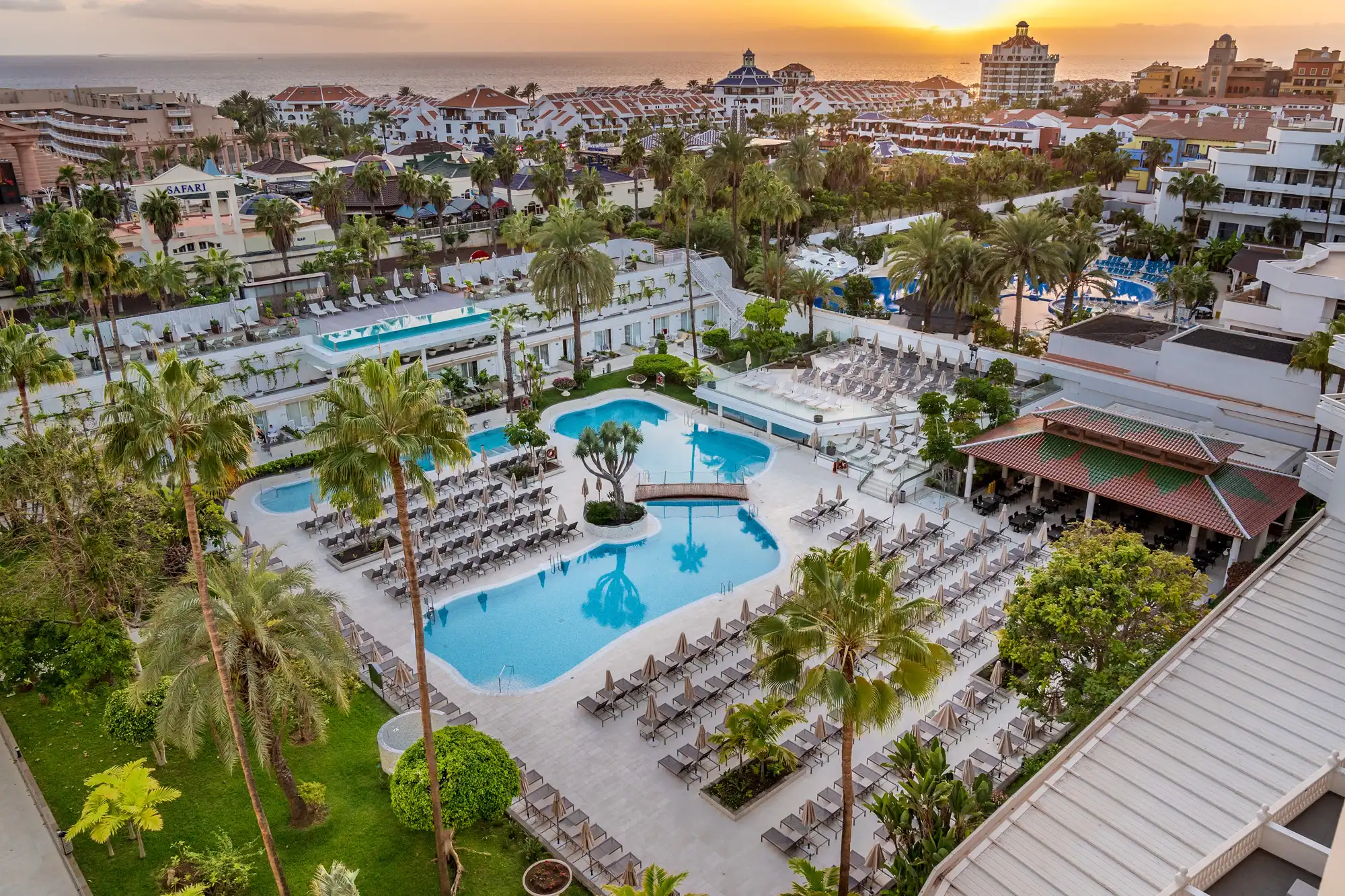Spain looks to reduce destination overload by highlighting other regions
 James Chapple
James ChappleSpain’s focus on growing tourism expenditure over visitor numbers will continue, although the country’s tourism secretary believes there will be opportunities over the next two to three years to introduce new tourists to lesser-visited parts of the country.
Rosana Morillo, Spain’s secretary of state for tourism, told TTG@WTM Spain’s "extraordinary" season would continue into autumn and winter. "We might not recover the same number of tourists in all regions compared with 2019, but expenditure will for sure be bigger than 2019," she said. "From our minimum to maximum scenarios, even at the midpoint, it will be higher than in 2019."
However, Morillo acknowledged the impact the cost of living squeeze – as well as the consequences of major global shocks such as war in Ukraine and Gaza – was having on people’s spending power, and admitted Spain had to strike a balance between its value proposition and its primary aim of increasing tourism revenues rather than visitor numbers, not to mention maintaining harmony between tourists and residents.
"We still have to be an attractive destination for families and those who want an all-inclusive experience," said Morillo. "Our aim is to keep evolving our proposition to build the circular economy, putting lesser-known parts of Spain on the map."
She said that while Spain’s focus was broadly on growing spend rather than numbers, "it was true that some parts of Spain needed to grow their tourist numbers".
"Sometimes with more popular destinations, it’s difficult to find a balance between local citizens and tourists. We don’t want either group to have a negative perception of the other. In newer destinations, this isn’t an issue, but in mature destinations, we have to be careful."
She said Spain’s investment in managing tourism flows digitally would be critical to rerouting tourists during peak times and spreading loads at major attractions throughout the day and seasons.
While the UK, France and Germany remain Spain’s top markets, Morillo said new "long-distance" markets were emerging; connectivity with China, she said, will recover to 94% of pre-pandemic levels this autumn and winter. "The US market is working really well too," she added. "We’re getting more direct flights, and US travellers tend to stay for longer and spend more. These are interesting trends."
Morillo said Latin America was another burgeoning market for Spain, with its travellers tending to seek out Spain’s higher-end tourism offering. "It’s higher spend but lower numbers," she observed.
She added that while Spain expects to start seeing the fruits of its investment in diversifying its tourism offering in 2025/26, a longer-term plan through 2030 – when Spain will jointly host the Fifa World Cup with Morocco and Portugal – was under way spanning the public and private sector focusing on sustainability, mobility, energy and talent manager.
"If we don’t all go together towards the same goal, we won’t make it for this World Cup – or the next one," said Morillo. "It will be a great time to host it, and I look forward to seeing the results of this 2030 strategy."
Sign up for weekday travel news and analysis straight to your inbox

James Chapple
Supplier Directory
Find contacts for 260+ travel suppliers. Type name, company or destination.
